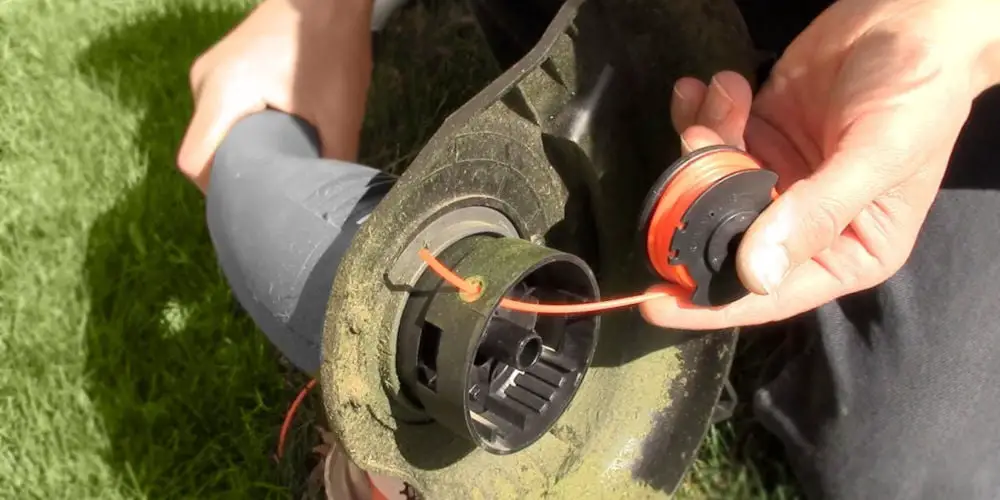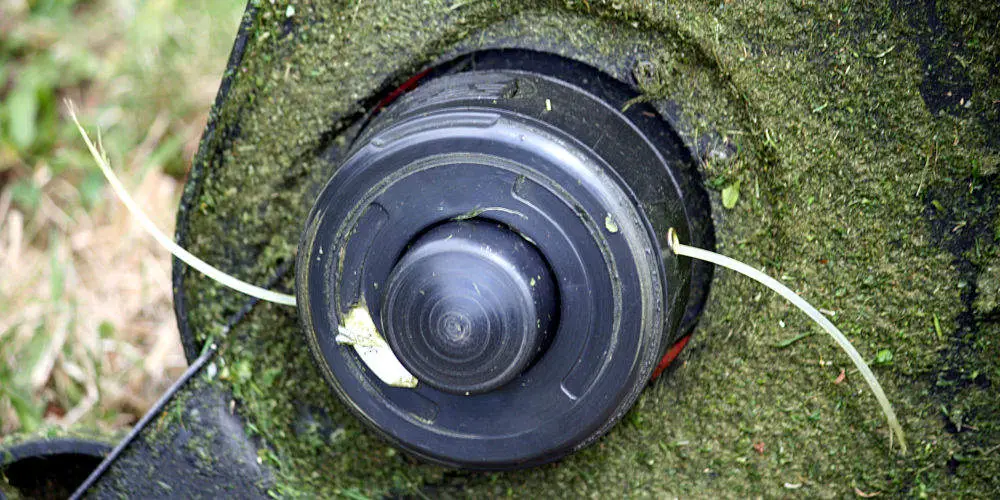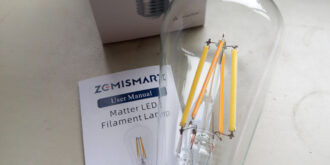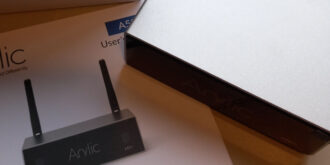Automatic vs Bump feed trimmers: What’s the difference

One of the most important features when buying the best garden strimmer is how it feeds the string line. You might consider worrying about such a trivial point to be pointless as long as the weeds get cut. However, understanding the difference between automatic vs bump feed trimmers can help you deal with your weeds faster.
Automatic feed trimmers sense when the string is too short and so release a bit more, allowing you to focus on dealing with weeds. While bump feed trimmers require you to tap the head on the ground to increase the amount of string. So, you’ll need to regularly watch the string’s length.
Deciding between automatic vs bump feed trimmers can be tricky and so we’ll help you make an informed choice by advantages and disadvantages of each type.
Automatic feed strimmers
If you want to focus on cutting grass or weeds and not on how much string the trimmer is being used, then you’ll want to purchase an automatic feed strimmer.
As this type senses when the string is getting too short, it releases more, ensuring you can efficiently deal with weeds. So there’s no need to tap the head on the ground as doing so could break it and invalidate your warranty.
Advantages of automatic feed
Rather than having to stop every few minutes to check the string’s length, you can focus on trimming grass and weeds while avoiding your prized daffodils. This means you can cover more area in less time while allowing the strimmer to operate in peak condition.
Be able to deal with any weeds faster, allows you to focus on maintaining and enjoying your garden!
Disadvantages of automatic feed
As the motor powers both the feed mechanism and rotates the spool, at some point it’s likely to break or malfunction. If you find that motor still works but the string is jammed, then it could take a while to fix the issue.
Typically fixing a motor on an automatic feed strimmer will more expensive and difficult than replacing the whole unit. So you might find you need to replace the unit more often.

Bump feed strimmers
A bump feed strimmer involves more participation as the head needs to be depressed to lengthen the string. With the strimmer running, press the head against a flat surface. This squeezes a spring in the head, which then uses centrifugal force to pull the string from the spool.
This action lengthens the string allowing you to cut more debris with less movement.
Advantages of bump feed
As you’re in control of the amount of string in use, you can tailor the amount you need to the task. Also, if it stops working, it’s quicker and easier to lengthen or repair the string.
And while the bump feed string trimmers come with a warranty, they feature a more rugged design.
Disadvantages of bump feed
That said, you’ll need to keep monitoring how much string is being used with a bump feed electric strimmer and continually stop to adjust it.
While the design is more robust, if you’re quite aggressive with pushing down the head then spool might crack or the spring might be damaged. Also, over time the head will wear out and need replacing it.

Spools: pre-wound vs. wind your own
How the spool is wound can affect the performance of the strimmer. Even a slight imperfection in how it’s wound can cause the string to jam. Having to fault find and re-wind the spool can be a cumbersome task that you don’t want to do!
You can buy pre-wound spools at garden centres, direct from the manufacturer (such as Flymo) and online. However, as you’re paying for the string, a spool and the winding time, they can be relatively expensive. That said, you shouldn’t have any feed issues with a pre-wound spool.
By winding your own spools, you can save money as you only need to buy strimmer line. Usually the owner’s manual will have have a section on how to re-wind a spool. If you’re careful when winding the spool with a new line, you shouldn’t have any issues.
Buying a long length of line is typically quite cheap. However, you do have to wind the string yourself and deal with any issues that arise from it not being wound correctly.
Which is best: automatic vs bump feed trimmers
Choosing between automatic vs bump feed trimmers essentially comes down to your personal preference. If you don’t need to cut weeds often or want a tool that you can use without thinking, then buy a strimmer with an automatic feed option. It will cost more and might easily break.
If you do a lot of weeding or want control of the cutting width, then strimmer with a bump feed is ideal. They are cheaper but do require regular checking and, the wear and tear is likely to cause issues at some point.
Hopefully you now understand the difference automatic vs bump feed trimmers and can make an informed decision.




